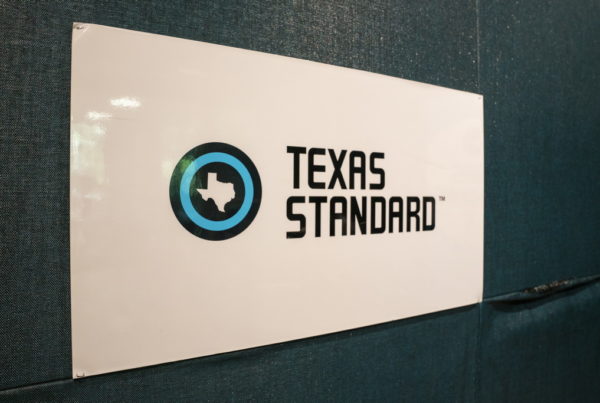You may have heard people say “everybody’s working from home.” The truth is, many people continue to go to work locations other than their homes to do their jobs.
Writing for the Economic Policy Institute, a nonpartisan think tank often described as liberal-leaning, Elise Gould and Heidi Shierholz say that fewer than one in three employees are working from home. They also say the disparity among those who can, and those who can’t work from home is largely distinguished by race and ethnicity.
Gould says the U.S. Bureau of Labor Statistics has studied which workers can and can’t work from home. They’ve studied workers by age, gender, ethnicity, race and sector of the workforce.
“The people who are working from home are often in higher-level, higher-wage jobs, because they have that flexibility,” Gould says.
More than half of workers in finance, professional services, and the information sector are able to work at home, or telework.
“But if you look at other sectors, such as leisure and hospitality, only 8% can telework,” Gould says.
Gould says less than one in five African American workers, and one in six Hispanic workers are able to work from home. Far greater numbers of Asian and white workers are able to telework. The disparity also correlates to low-wage workers, who are less able to do their jobs from home.
Those who must work away from home are more at risk of becoming infected with COVID-19, and they face greater risk of job loss as economic activity slows.
Listen to the full interview in the audio player above.
Written by Shelly Brisbin.














